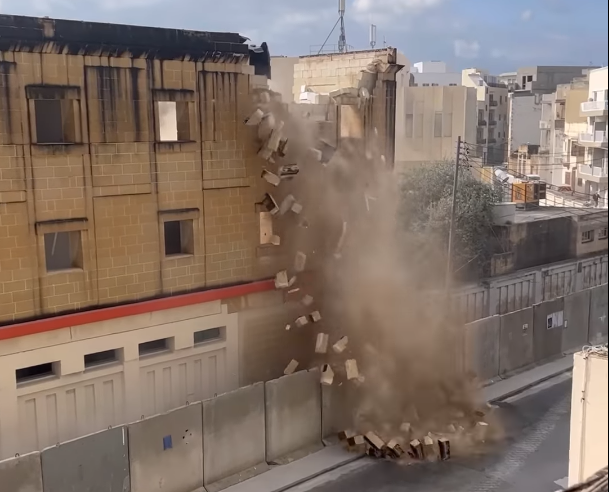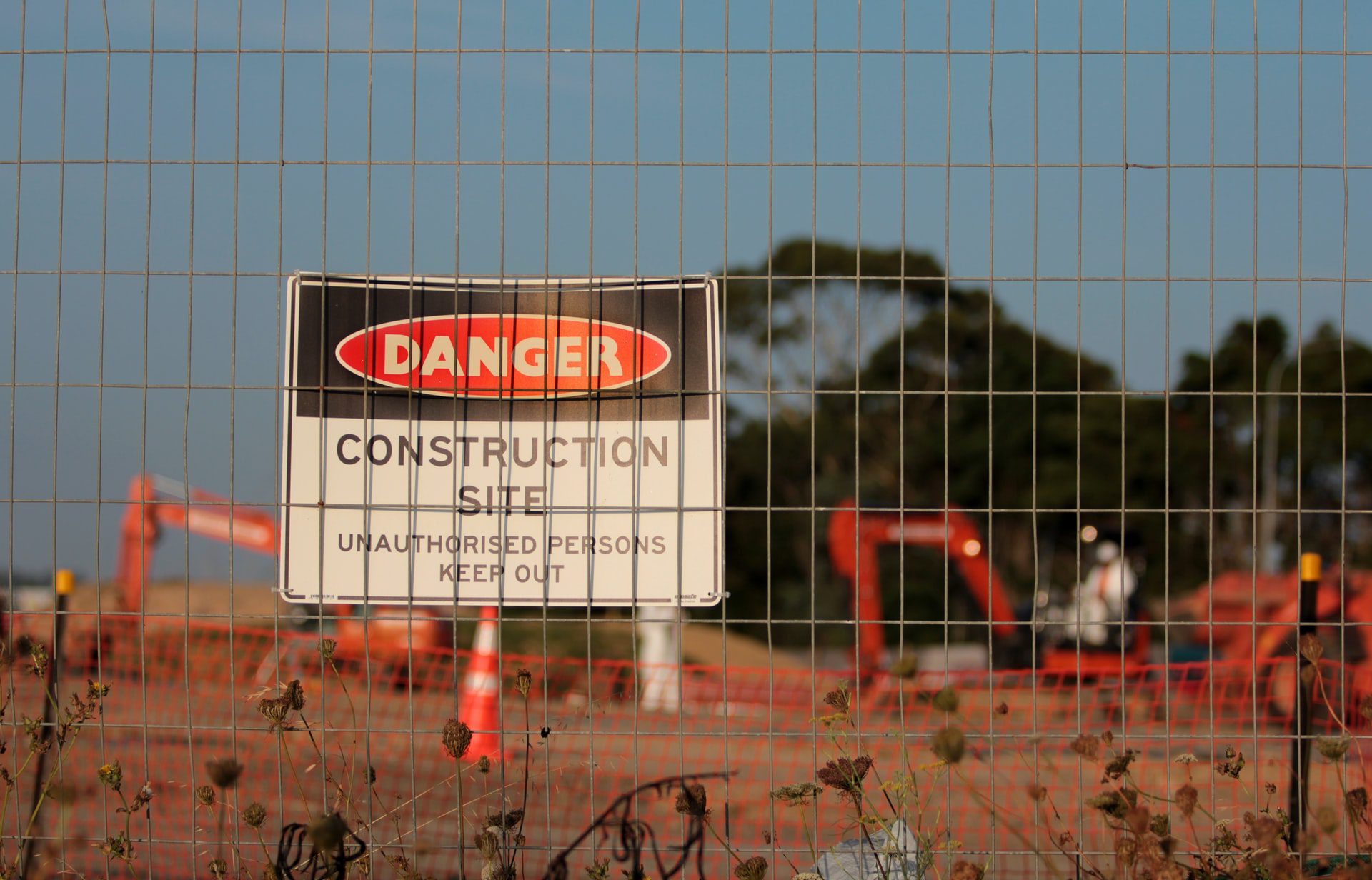Development sites around Malta and Gozo are remaining lifeless for months at a time as the necessary official clearance to being works is taking far longer to be issued than before.
A representative for a major publicly listed development who asked not to be mentioned by name said that the delays are making it “a headache” to meet the deadlines set out in their official market communications.
“We have not yet missed our targets solely due to the can-do efforts of our operations team, which has laid out a very efficient programme of works that will see different teams working on tight schedules to meet deadlines.”
However, this leaves the developer with very little room for error, and comes at a cost.
BusinessNow.mt reached out to Malta Developers Association president Michael Stivala to find out more about the impact of these delays, and why they are occurring.
“The long time it is taking the Bulding and Construction Authority to issue its clearance for development to begin is delaying many projects,” he says.
The underlying problem, he continues, is that the analysis of methods of work submitted by developers’ architects is “taking too long”.
Mr Stivala explains that the review of method statements prior to the commencement of works is a new practice introduced following the public inquiry into the building collapse that claimed the life of a woman, Miriam Pace, in 2020.
The MDA president states his belief that a week is ample time for a qualified architect to review the method statement for a medium-sized development.
“A week is reasonable. Four months, on the other hand, borders on the ridiculous. Works are jammed and development is stuck, costing people significant amounts of money and ultimately contributing to higher property prices,” he says.
Mr Stivala goes on to share his view that the current reviewing procedure “muddies the waters of responsibility”, arguing that the review system amounts to a costly complication that fails at what it was set up to do.
“Everyone is responsible, so no one is responsible,” he says. “If a method statement gets submitted, gets reviewed, and changes are proposed – who is responsible in case of any accident? Would the reviewers who proposed the change admit to any liability?”

“And,” he continues, “what happens if such an incident becomes the subject of a magisterial inquiry? We should not be surprised if their investigation takes ages and ends up inconclusive.”
The MDA president points out that architects are highly educated warranted professionals, comparing the review system to forcing a surgeon to ask permission from a peer before doing the job they’ve been trained to do.
He remains adamant that intensifying the BCA’s spot checks on construction sites would do far more to solve the issue of unsafe construction, which he admits remains a “significant matter”.
Last month, a video showing demolition waste from the old GO Exchange Building in Birkirkara fall over the hoarding and into the adjacent public road shocked viewers around the country, and led to the announcement of a long awaited register of contractors – although details on this remain scant.

The matter has even reached Parliament. On Monday, Minister for Public Works and Planning Stefan Zrinzo Azzopardi replied to two parliamentary questions posed by Opposition MP Rebekah Borg.
Ing. Borg asked the Minister how long it takes the BCA, on average, to issue clearance in cases where the method statement is submitted as required and therefore does not need to be revised.
Minister Zrinzo Azzopardi said that once the BCA confirms that the method statement and related documentation are in conformity with Subsidiary Legislation 623.06 and 623.08, clearance is issued “immediately”.
“However,” he continued, “there are situations where some of the submitted documents do not satisfy the requirements laid out in the law, which therefore lengthens the process. In such cases, the time it takes for the clearance to be issued depends solely on how long it takes the applicant to submit the correct documentation.”
In a related question, Ing. Borg asked whether the review of method statements is conducted by the sole architect engaged by the BCA, or whether the authority outsources such work.

Minister Zrinzo Azzopardi replied that the method statements submitted to the BCA are verified and reviewed by a number of architects, including one engaged directly by the authority.
The other architects mentioned by the Minister are contracted following an open call for tender. Earlier this month, the Minister defended this practice, pointing out that “technical documents require technical and qualified persons to determine whether they satisfy the legal requirements”.
“Since the Authority has one architect in its employment, the only way for it to fulfil this function effectively is by outsourcing this procedure,” he said.
Malta International Airport closes in on one million passengers in June
Meanwhile, aircraft traffic movement rose by 4.5 per cent year on year
Malta’s population hits 574,250 in 2024, up by 1.9%
Total net migration was at 10,614 persons, the vast majority being non-EU citizens
Service excellence as a cornerstone of Avenue 77 workspace experience
Providing excellent service is a foundational aspect of what makes working at Avenue 77 a great experience






